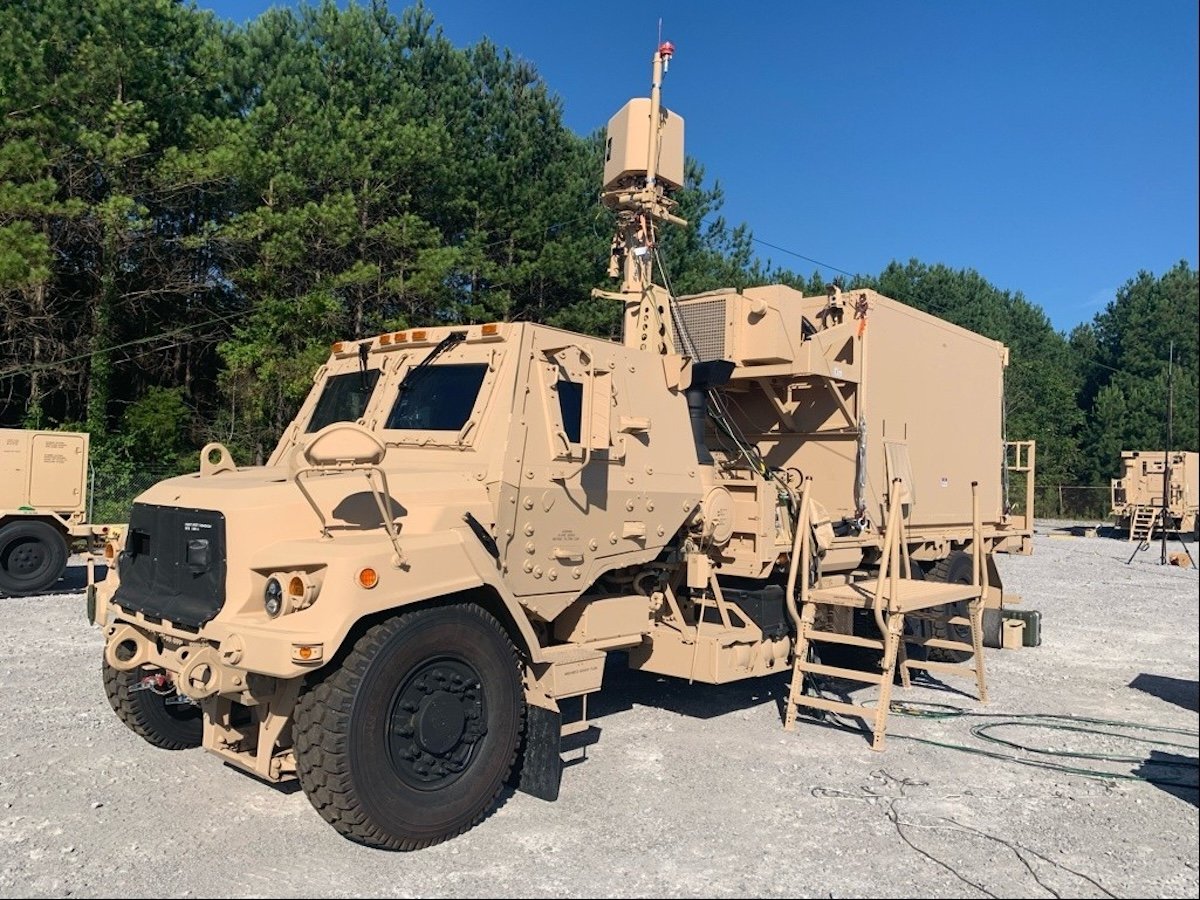The US Army’s Integrated Battle Command System (IBCS) achieved a significant milestone during a flight test held at the White Sands Missile Range in New Mexico, successfully intercepting missile threats in a contested environment. Soldiers from the 3rd Battalion, 43rd Air Defense Artillery Regiment operated the IBCS, which is built on an innovative “any sensor, best weapon” principle, enabling them to track, identify, and destroy two maneuvering cruise missiles.
This trial was the culmination of the Follow-On Operational Test and Evaluation, marking a crucial step toward the full operational deployment of IBCS across Army air defense units. The Army emphasized that this event showcases its ongoing commitment to enhancing air and missile defense capabilities to tackle the complexities of modern warfare.
Developed by Northrop Grumman, the IBCS integrates various air and missile defense assets into a cohesive network, facilitating the rapid engagement of dynamic threats. In addition to its successful interception of cruise missiles, the system has previously demonstrated its capability against fast-moving drones in earlier tests.
IBCS signifies a transition from traditional stand-alone defense systems to a network-centric warfare approach, allowing for instantaneous sharing of sensor data and targeting information across multiple platforms. The ongoing development and deployment of IBCS will bolster the Army’s readiness to face emerging threats.
Looking beyond domestic use, Poland is poised to become the first international operator of the IBCS, following a $2.5-billion agreement signed in February 2024. This move underscores the system’s growing importance in global defense cooperation, as allied nations seek to enhance their own air defense capabilities through advanced technologies like the IBCS.















